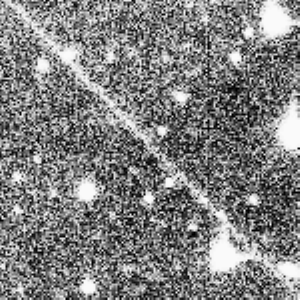

- CELL PHONE DIFFRACTION SPIKES UPGRADE
- CELL PHONE DIFFRACTION SPIKES ANDROID
- CELL PHONE DIFFRACTION SPIKES PROFESSIONAL
When attempting to snag bright planets, remember that you get the best images by taking a video recording and then stacking all the video frames using an astrophotography stacking program on a computer, such as Lynkeos (Macintosh) or Registax (Windows), both of which are free. Add on a safe solar filter, and you can even photograph details on the Sun. With only a smartphone attached to an eyepiece and a basic camera app, you can start taking photos of lunar eclipses, lunar craters, planets, the phases of Mercury and Venus, the changing positions of Jupiter’s four bright moons, bright asteroids, and countless stars. However, not all adapters will work on every 1¼” or 2″ eyepiece, depending on the design and diameter of the eyepiece tube itself. There are some adapters that fit on only 1¼” eyepieces and others that fit on either 1¼” or 2″ eyepieces. Some adapters include a ¼”-20 tripod mounting hole. However, other adapters are designed for specific phone models to accommodate unique sizes and camera lens locations.
CELL PHONE DIFFRACTION SPIKES UPGRADE
Most adapters are universal and will fit the majority of smartphone models, so you can likely keep using the same one as you upgrade your smartphone to a newer model. But to get the best results, you should attach the phone to the eyepiece using a smartphone adapter, which are available for $20 to $100. For bright objects like the Moon, you can simply hold the phone’s camera over the eyepiece and take a photo. The next level of smartphone astrophotography is attaching your phone to an optical device, such as a spotting scope, binoculars, or a telescope.
CELL PHONE DIFFRACTION SPIKES ANDROID
There are similar apps on Android phones, too. That will let you take long exposures that reveal the Milky Way, zodiacal light, constellations, and star trails (when tracking is off). For the best results, you should use a smartphone adapter to attach the phone to a camera tripod, a sky-tracking mount, or piggyback it on a tracking telescope. And on later model iPhones, the iOS Camera app in “Night Mode” will reduce or eliminate camera movement, letting you take exposures up to 30 seconds when photographing the night sky.

There are many recent smartphone models you can use to take handheld photographs of the night sky that can reveal the Moon, brighter stars, and even some planets. In the most basic sense, you just need a capable device. So, how do you do astrophotography with an iPhone - or any smartphone, for that matter?

However, I never got into using dedicated imagers and I rarely connected a computer to my telescopes. Though I always considered myself an observer rather than an astrophotographer, I enjoyed experimenting with astroimaging. Shortly after, I began using consumer digital point-and-shoot cameras to image the night sky, later moving on to digital single-lens reflex cameras with various ETX models and larger telescopes. It wasn’t until 1996, however, that I purchased my second telescope: a 3.5-inch f/13.8 Meade ETX Astro Telescope. After leaving the Air Force, I went on to work at a large aerospace company on several space-related projects. Working with NASA in the early 1980s to prepare Vandenberg Air Force Base in California to launch and land the Space Shuttle Discovery on military missions was the beginning of my space career. Air Force (USAF), where I served as both a jet fighter pilot and fighter pilot instructor, as well as a manager on the USAF Space Shuttle Program. Instead, the degree was my ticket into the U.S.
CELL PHONE DIFFRACTION SPIKES PROFESSIONAL
However, I never became a professional astronomer.


 0 kommentar(er)
0 kommentar(er)
